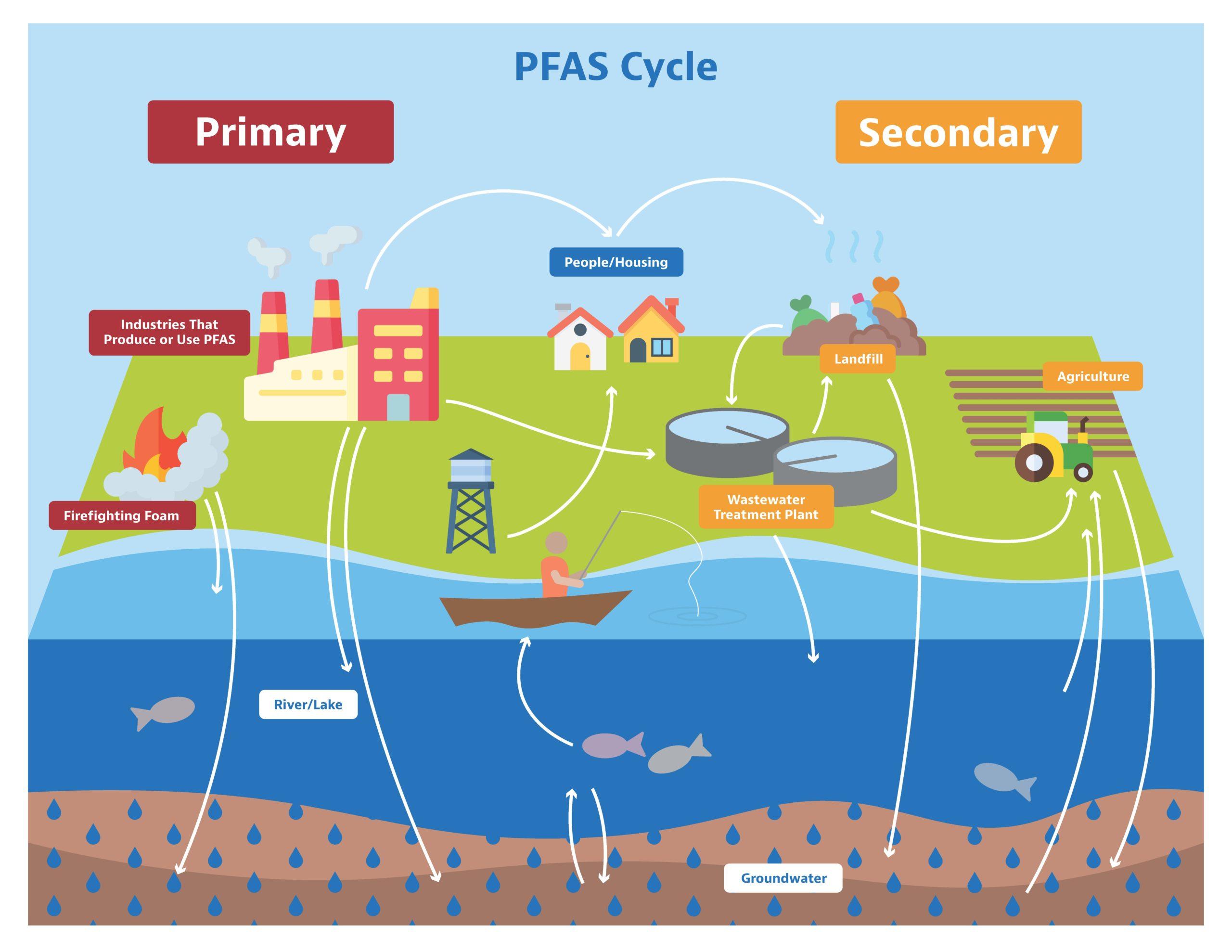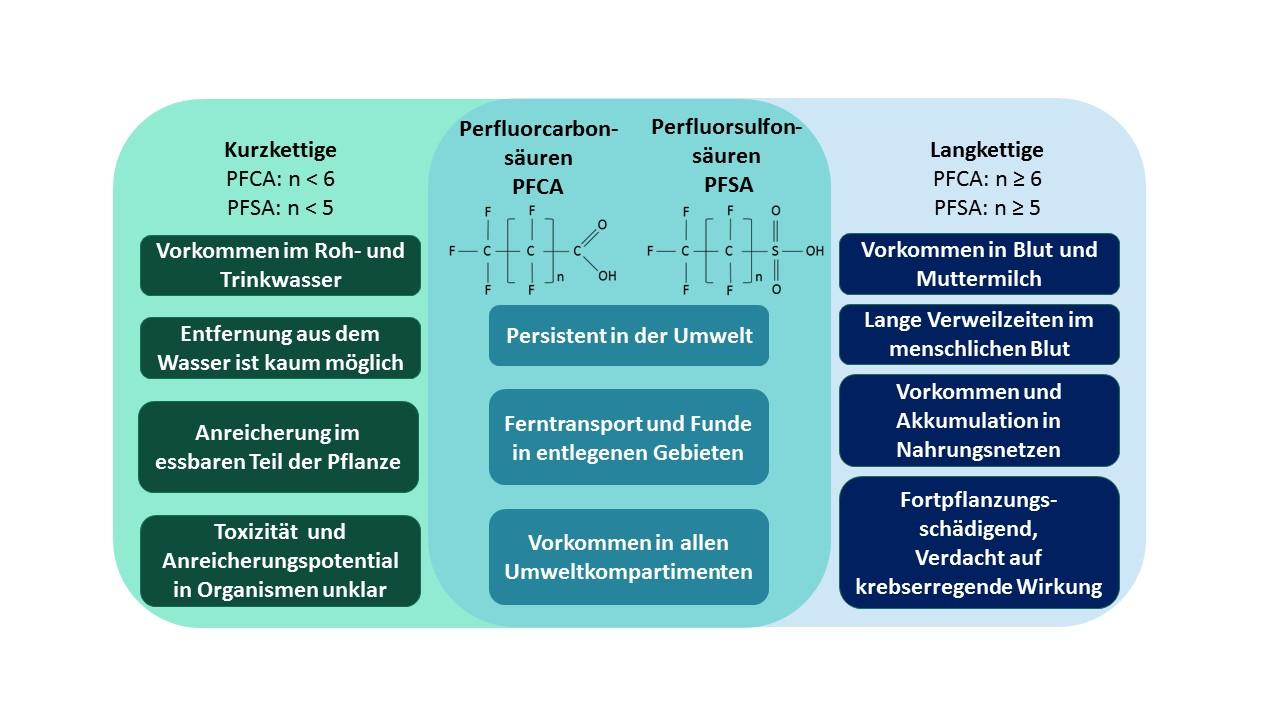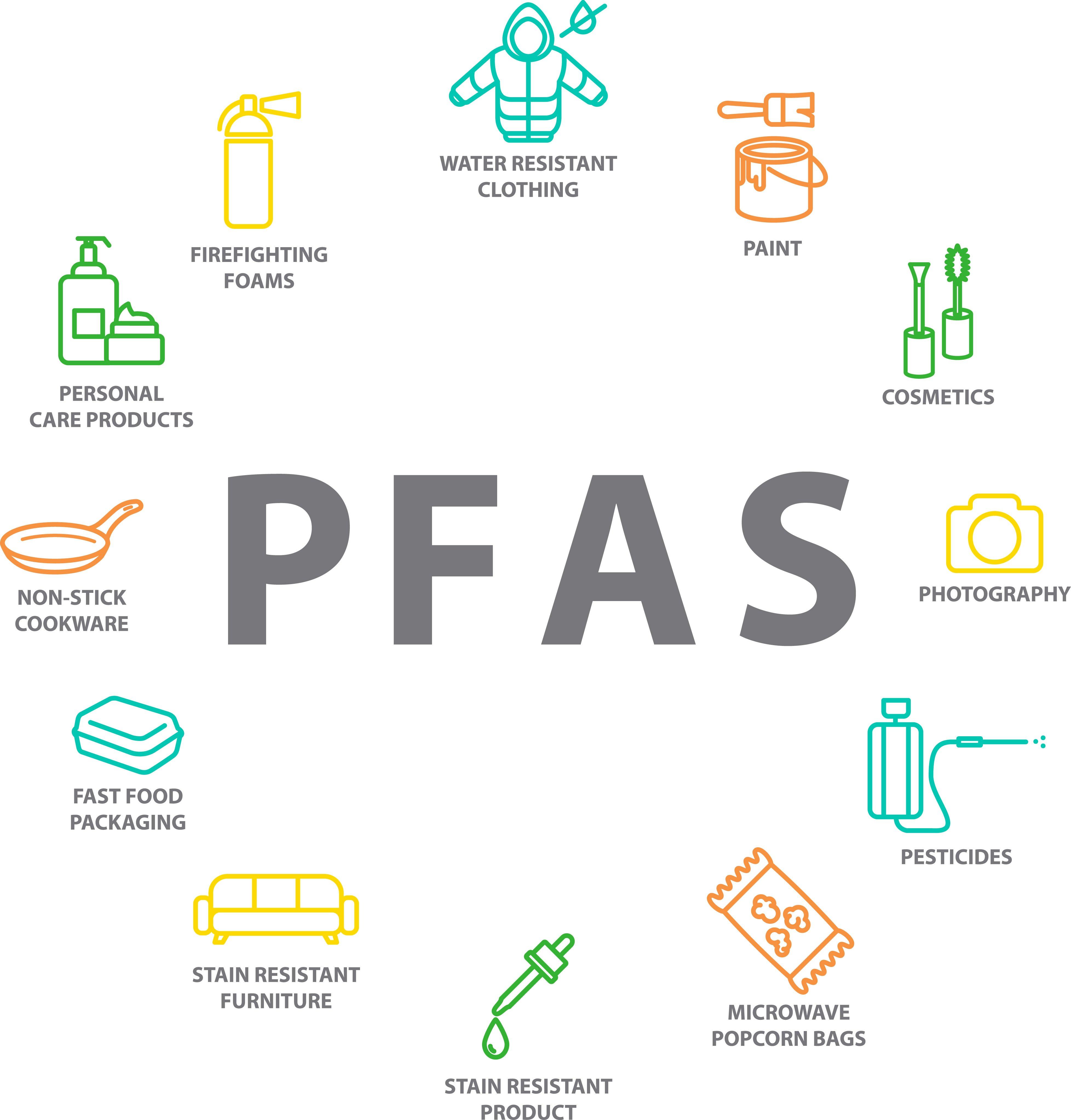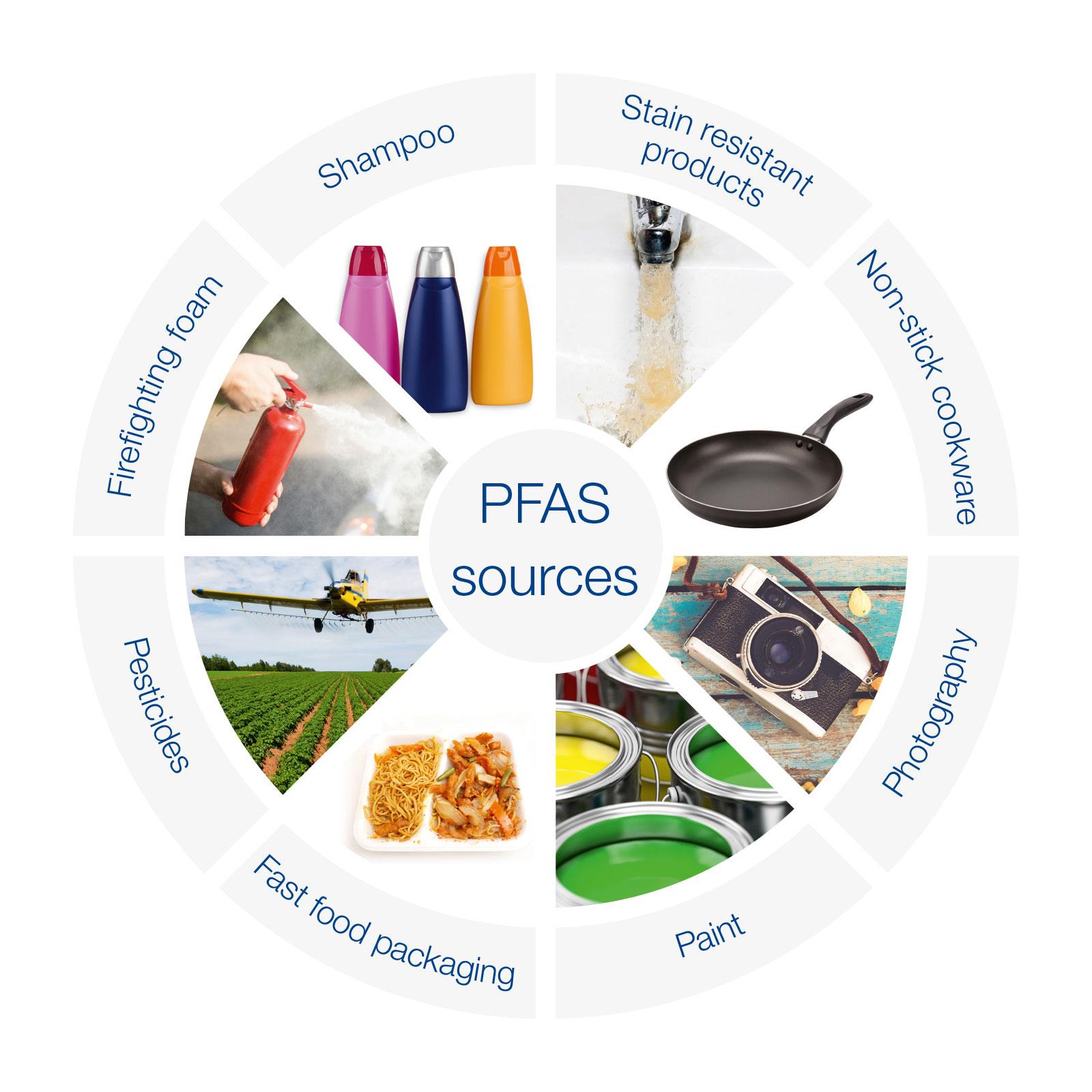In a recent survey conducted by USA TODAY, hundreds of cities across the country were asked to weigh in on a contentious issue: who is to blame for the presence of PFAS in our drinking water? The results revealed a complex web of responsibility, with municipalities pointing fingers at a variety of culprits. Join us as we delve into this pressing issue and explore the shocking findings uncovered by this investigation.
Table of Contents
- Who is Responsible for PFAS Contamination in Drinking Water?
- Analysis of Hundreds of Cities Reveals Common Culprits
- Experts Weigh in on Strategies to Address PFAS Crisis
- Policy Recommendations to Combat PFAS Pollution
- Q&A
- Concluding Remarks

Who is Responsible for PFAS Contamination in Drinking Water?
According to a recent survey conducted by USA TODAY, it appears that there is no single entity solely responsible for the widespread PFAS contamination in our drinking water. The survey reached out to hundreds of cities across the United States to gather information on who they believe is to blame for this concerning issue.
The results revealed that the responsibility for PFAS contamination is often shared among multiple parties, including government agencies, industrial companies, and even the military. This complex web of accountability makes it challenging to pinpoint one specific culprit in the fight against PFAS pollution. In many cases, cities reported that a combination of factors, such as outdated infrastructure and lack of regulations, contributed to the presence of PFAS in their water supply. It is clear that addressing this issue will require a collaborative effort from various stakeholders to ensure safe and clean drinking water for all.

Analysis of Hundreds of Cities Reveals Common Culprits
In an extensive analysis of data from hundreds of cities across the United States, common culprits have emerged as the primary sources of PFAS contamination in drinking water. These per- and polyfluoroalkyl substances, known as “forever chemicals,” have been linked to a range of health problems, including cancer and reproductive issues. The findings reveal a troubling trend of widespread PFAS contamination that is affecting communities from coast to coast.
The data shows that industrial sites, military bases, and airports are among the top sources of PFAS pollution in drinking water supplies. In many cases, these contaminants have seeped into the groundwater and spread to nearby residential areas. The analysis highlights the urgent need for stricter regulations and cleanup efforts to protect the public from the harmful effects of PFAS exposure. It is crucial for policymakers and government agencies to take action to address this pressing public health issue.

Experts Weigh in on Strategies to Address PFAS Crisis
Local municipalities grapple with PFAS crisis
Experts across the country are discussing strategies to tackle the growing PFAS crisis affecting drinking water in hundreds of cities. The contamination, linked to various health risks, has sparked a nationwide conversation on who should be held accountable for these hazardous chemicals infiltrating our water sources.
According to a recent survey by USA TODAY, many cities point fingers at industrial manufacturers, military bases, and government agencies for the PFAS pollution. While the debate on responsibilities continues, communities are taking action to address the issue and protect their residents from the harmful effects of these persistent chemicals.

Policy Recommendations to Combat PFAS Pollution
Experts across the country are urging policymakers to take decisive action to combat PFAS pollution in our drinking water. Hundreds of cities have spoken out, pointing fingers at various culprits responsible for the widespread contamination. Amidst the blame game, one thing remains clear – immediate steps must be taken to address this urgent environmental crisis.
Here are some key policy recommendations proposed by experts to tackle PFAS pollution:
- Establish stricter regulations: Implementing tighter limits on PFAS levels in drinking water can help prevent further contamination.
- Invest in remediation technologies: Funding research and development for effective water treatment methods can aid in removing PFAS from contaminated water sources.
- Hold polluters accountable: Enforcing penalties and clean-up efforts for industries responsible for PFAS pollution can deter future contamination.
Q&A
Q: What is PFAS and why should we be concerned about it in our drinking water?
A: PFAS, short for per- and polyfluoroalkyl substances, are man-made chemicals that have been linked to a variety of health issues, including cancer, immune system dysfunction, and developmental delays. They are commonly found in products such as nonstick cookware, water-resistant clothing, and firefighting foam, and have contaminated water supplies across the country.
Q: Who is to blame for the presence of PFAS in our drinking water?
A: According to a recent report by USA TODAY, hundreds of cities across the United States have identified specific entities responsible for the contamination of their drinking water with PFAS. These entities include chemical manufacturers, military bases, and municipal landfill sites.
Q: What actions are being taken to address the issue of PFAS contamination?
A: In response to the growing concern over PFAS contamination, some cities and states have implemented measures to address the issue, such as banning the use of firefighting foam containing PFAS and implementing stricter regulations on the disposal of PFAS-containing products.
Q: How can individuals protect themselves from exposure to PFAS?
A: While it may be difficult to completely eliminate exposure to PFAS, individuals can take steps to minimize their risk, such as using water filters certified to remove PFAS, avoiding products containing PFAS, and staying informed about potential sources of contamination in their area.
Q: What can be done to prevent future contamination of our drinking water with PFAS?
A: To prevent future contamination of our drinking water with PFAS, it is crucial for government agencies, industries, and individuals to work together to regulate the use and disposal of PFAS-containing products, develop alternative chemicals that are less harmful to human health and the environment, and invest in infrastructure improvements to ensure the safety of our water supply.
Concluding Remarks
In light of the widespread contamination of PFAS in our drinking water, the responsibility for this crisis is a complex and shared burden. With hundreds of cities across the country grappling with the harmful effects of these toxic chemicals, it is clear that immediate action is needed to address this pressing issue. As more and more communities face the consequences of PFAS pollution, it is crucial for policymakers, industries, and individuals to come together to find solutions and ensure the safety of our water supply. Stay tuned for further updates on this developing story as we continue to investigate and uncover the truth behind who is truly to blame for PFAS in our drinking water.







